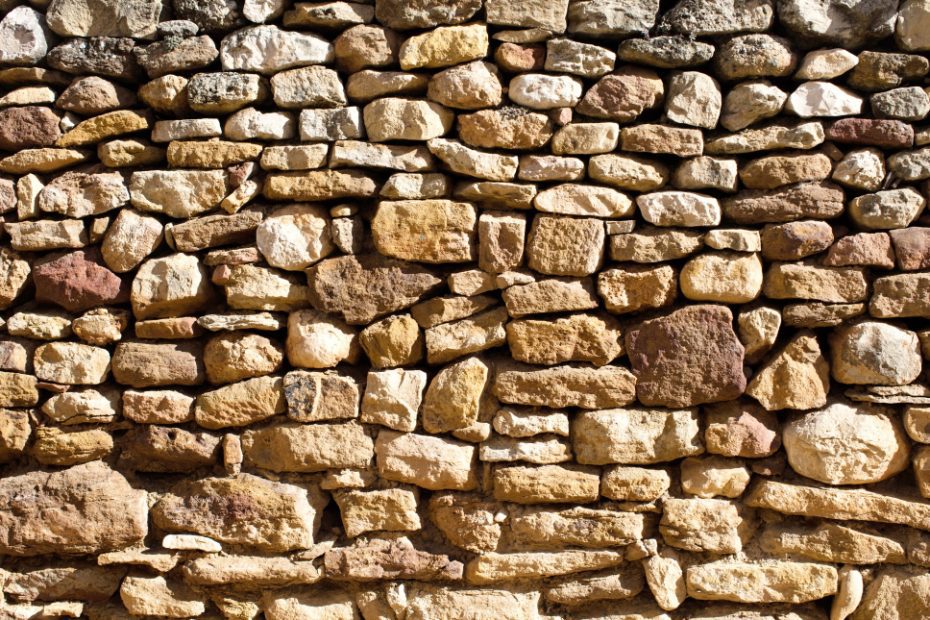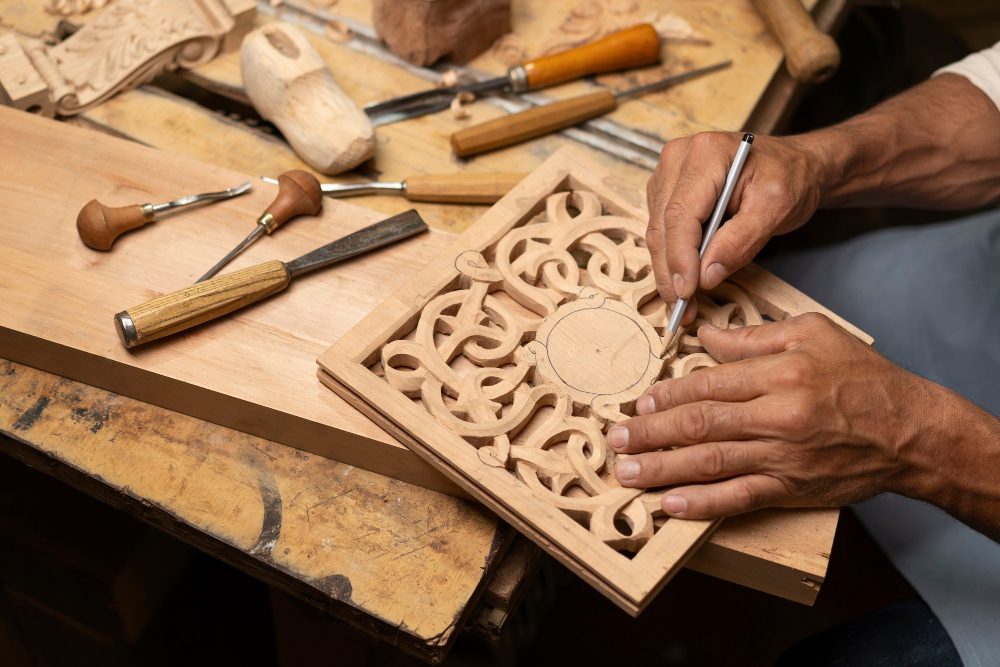Is a stonemason a sculptor?
Introduction
When it comes to the art of working with stone, the terms “stonemason” and “sculptor” are often used interchangeably. However, there are subtle differences between the two professions that set them apart. A stonemason is primarily focused on the practical aspects of working with stone, such as construction and restoration, while a sculptor is more concerned with creating artistic pieces through carving and shaping stone. In this article, we will delve deeper into the distinctions between a stonemason and a sculptor, exploring their respective roles, skills, and creative processes.
The Role of a Stonemason
A stonemason is a skilled craftsman who specializes in working with stone for various purposes, including building and architectural projects. These professionals have a deep understanding of different types of stone, their properties, and how to manipulate them to construct structures, such as walls, façades, and monuments. Stonemasons are experts in techniques like stone cutting, shaping, and installation, ensuring precision and durability in their work.
While stonemasons do possess artistic skills, their main focus is on practicality and functionality. They play a crucial role in preserving historical landmarks and restoring damaged stone structures. Stonemasons often work in collaboration with architects and engineers to bring their designs to life, relying on their technical expertise to execute intricate details and ensure structural integrity.
The Artistry of Sculptors
Sculptors, on the other hand, are artists who specialize in creating three-dimensional artworks by carving, shaping, or assembling various materials, including stone. They use their imagination and creative vision to transform solid blocks of stone into captivating sculptures, embodying ideas, emotions, and concepts. Sculptors often work independently or in collaboration with architects, interior designers, or art commissions to create unique pieces for public spaces, galleries, or private collections.
Unlike stonemasons, sculptors have greater freedom to experiment with different artistic styles and techniques. They are adept at understanding the unique characteristics of different stones and selecting the most suitable material for their creations. Sculptors use specialized tools, such as chisels, mallets, and rasps, to carefully shape the stone and bring their artistic vision to life. Their work requires a deep understanding of anatomy, composition, and aesthetics.
“Sculpture is the art of the intelligence.” – Pablo Picasso
Similarities and Overlaps
While stonemasons and sculptors have distinct roles, there are instances where their paths intersect. Both professions involve working with stone, requiring a certain level of technical skill and craftsmanship. Stonemasons may incorporate decorative elements into their construction projects, blurring the line between functionality and artistry. Similarly, sculptors may occasionally take on restoration projects that require their expertise in working with stone.
Moreover, the distinction between a stonemason and a sculptor can sometimes be blurred by individual preferences and creative processes. Some stonemasons may possess exceptional artistic abilities and choose to incorporate sculptural elements into their work. Similarly, sculptors who have a deep appreciation for the practical aspects of working with stone may develop skills akin to those of a stonemason.
Can a woman be a stonemason?
When it comes to traditionally male-dominated professions, one might wonder if women can break through the barriers and excel. Stonemasonry is one such field that has been historically associated with men. However, the answer to the question “Can a woman be a stonemason?” is a resounding yes!
Breaking gender stereotypes
Over the years, more and more women have defied societal expectations and pursued careers in stonemasonry. They have demonstrated remarkable skill and passion in shaping stone and contributing to architectural marvels.
Anna Smith, a renowned stonemason who has made a name for herself in the industry, believes that gender should never limit anyone’s potential. She says, “Being a stonemason is about skill, creativity, and dedication – qualities that are not confined to any specific gender.”
Equal opportunities
In recent times, there has been a significant shift towards equal opportunities in various professions, including stonemasonry. Women are being actively encouraged to pursue careers in this field, with organizations offering training programs and scholarships specifically designed for them.
“The acceptance and support I received as a female stonemason have been incredible,” says Laura Thompson, another accomplished stonemason. “I am grateful for the opportunities that allow me to showcase my talent and contribute to the artistry of stone.”
Challenges and triumphs
While women in stonemasonry may face certain challenges, such as physical strength requirements and breaking gender stereotypes, they have proven time and again that they are more than capable of overcoming these obstacles.
Organizations and schools focusing on stonemasonry are actively working towards creating a supportive environment for women to thrive in the field. By offering mentorship and guidance, they ensure that female stonemasons have the necessary resources to succeed.
Inspiration for future generations
Women who have made a mark in stonemasonry have become inspirations for aspiring female artisans. Their talent and achievements motivate young girls to pursue their passion, irrespective of gender expectations.
- Anna Smith
- Laura Thompson
- Emma Brown
These extraordinary women have shattered stereotypes and proven that anyone can be a stonemason, regardless of gender. They continue to inspire and pave the way for future generations to follow their dreams.



